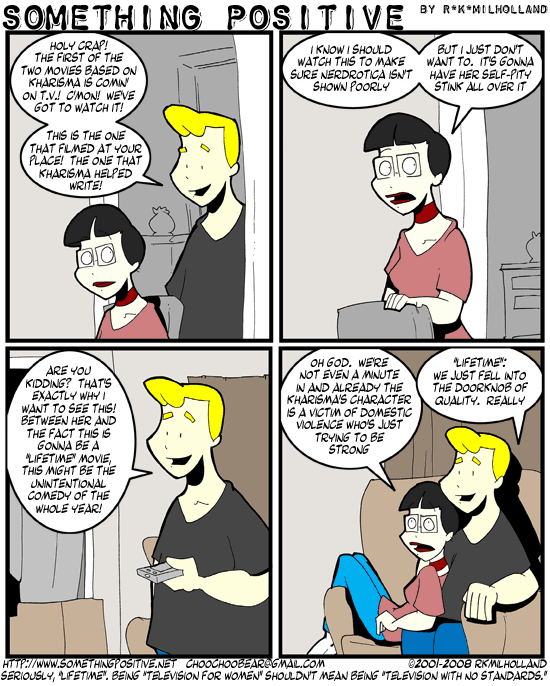

Paradoxically, they got power – attention, fame, sometimes fortune – by being weak and self-sacrificial, the ultimate in meek femininity. I thought it said a lot about what it's meant to be a girl – in many Western countries, from the sixteenth century right through to the twentieth – that these girls became celebrities by not eating. The vast majority of the fasters were female though they ranged in age, and included some mothers, they were typically in their teens. The occasional famous faster was male, but usually men who hit the headlines for not eating did it as a clearly commercial performance, exhibiting themselves at fairs. In some cases they may have heard of each other, but the cases didn’t cluster they happened at long, random intervals, anywhere from urban Brooklyn to rural Wales. That’s an average of only about one a decade these self-starving celebrities were very rare. In researching the novel I looked at almost fifty of them, which ranged from Ireland and Britain, to Western Europe, to the USA and Canada, from the 1500s right through to the 1900s. I was instantly intrigued by these cases, which seemed to echo medieval saints starving as an act of penance, and also modern anorexics, but weren't exactly the same as either.

(It may have been during background research for ‘Revelations', a story I published in 2002 about an eighteenth-century Scottish cult who stopped eating in preparation for the End Times.) I came across 'fasting girls' back in the mid-1990s – so long ago that I can't even remember where I first read about them. The Wonder is an invented story, but what inspired it was the very real phenomenon of ‘the fasting girl,’ who claimed – or was said by others – to be able to live without food.


 0 kommentar(er)
0 kommentar(er)
